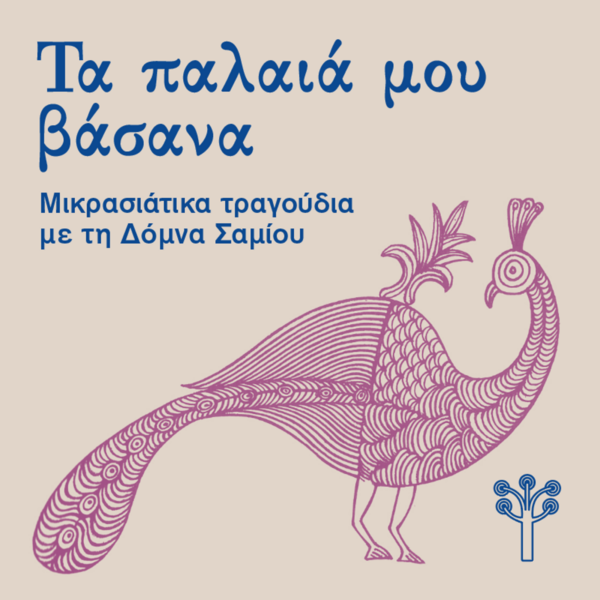00:00
Home / Her Work / Discography / My Old Torments

Live recording from the concert ‘Songs of Asia Minor with Domna Samiou’ at the Megaron, the Athens Concert Hall, on 8/3/2005. Traditional songs from the western coasts of Asia Minor, Propontis, Constantinople, Pontus and Cappadocia.
This musical variety which includes the music of songs in languages other than Greek) is not a summation of different idioms, but rather presents shared features which, however easy or hard they may be to discern, are still extremely useful for musicological research. Such elements include the songs’ rhythmic structures, their melodic content, the way in which the modal motifs move within the specific sounds, which often takes places within the bounds of a pentachord, a fascinating observation which stands as near incontrovertible proof that the roots of this approach to composition should be sought in the scholarly musical tradition of the Orthodox Church.
While the modal behaviour of traditional music in the Other Greece is often -and rightly- traced back to Byzantine music and its system, in the historical space of Asia Minor, these links are stronger still, leaving little room for the airing of alternative hypotheses in the service —often— of non-academic goals.
Of course, the multiculturalism of this geographical space meant that its different peoples, communities and cultures influenced each other in every popular art-form, including music. That said, in music (and in these lands, especially), these influences do not work in exactly the same way that they do in, for instance, language: despite speaking a range of tongues and living, doing and thinking differently, the various peoples, tribes and ethnicities of Asia Minor (and, indeed, all of the Balkans) ultimately share a musical tradition with the same or closely-related theoretical foundations.
The musical cultures which began to emerge in the Eastern Mediterranean in the 8th and 9th centuries -the Byzantine and the Arab- were both oriented around the twin poles of tradition and religion. And both shared a common lineage in ancient Greek musical theory.
Of course, this kinship between Byzantine and Arab music does not mean that the musical praxis of the various peoples is in any way identical in terms of their musical achievements and expression. The differences between them (in the sphere of scholarly music most of all) stem from the specific social functions, expressions and needs of peoples with a different aesthetic and tradition. Still, it has always been the deep-rooted similarities between the two musical systems, rather than their philosophical differences, that have impacted significantly on the perceptions, technique and art of the folk musicians of every era (especially in those places where Christians and Muslims lived side by side), who were far more concerned with the palpable and the hands-on than with abstractions.
Along the coast of Asia Minor and the islands opposite, in Constantinople, on Crete and further afield in the Mediterranean, Greek, Turkish, Jewish, Armenian, Arab, and other musicians shared a rich and constantly evolving body of musical material which was adapted to the needs, conditions and traditions of each new place it moved to.
Yiorgos Ε. Papadakis (2005)
(An excerpt from the concert programme)